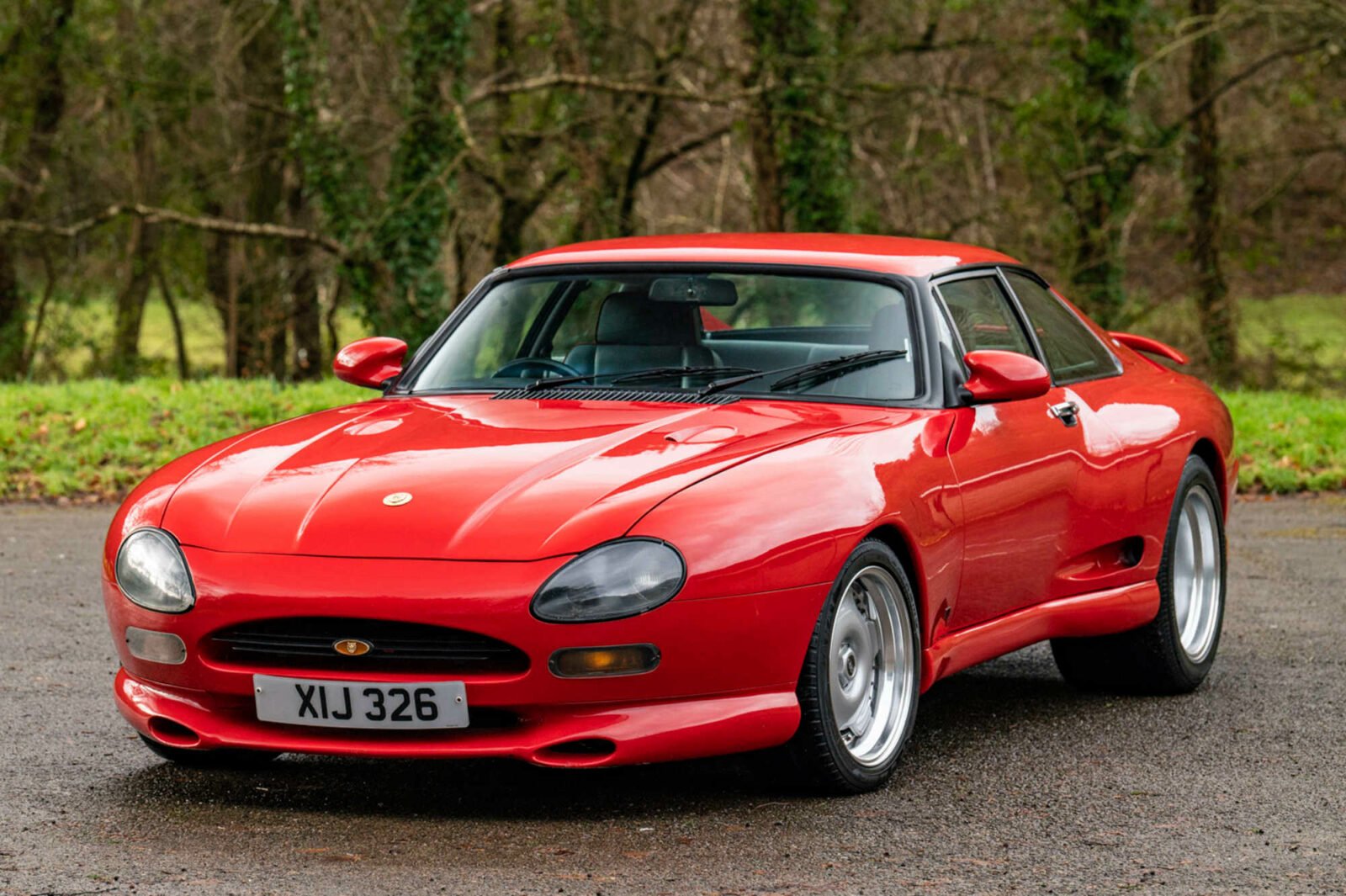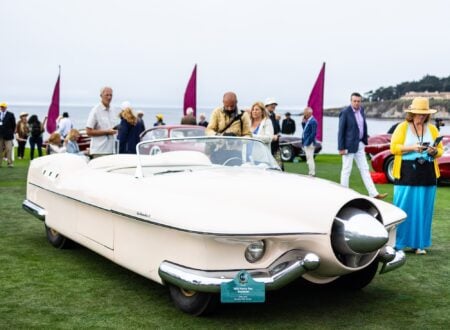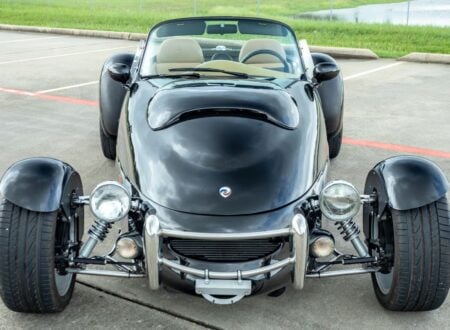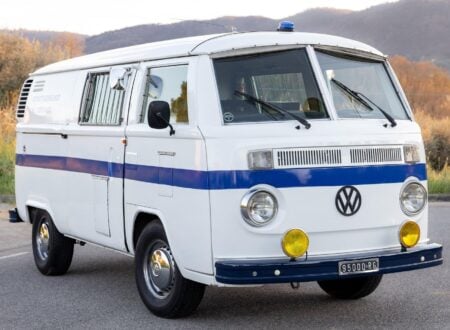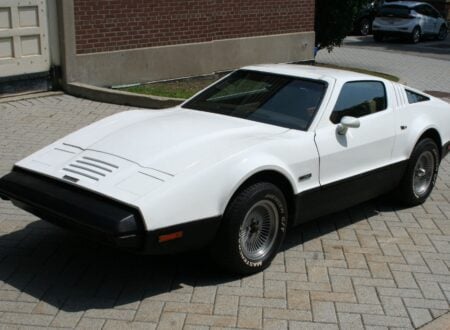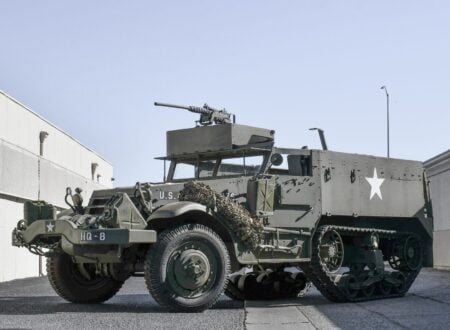This is the Jaguar XJR-S V12 “Monaco” by the team at PBB Design based out of Bristol in England. It’s believed that just 12 of them were made – today they remain a rare and highly desirable version of the high-performance XJS.
The styling of the Jaguar XJS has always been a little controversial, it did have the unfortunate job of trying to replace the Jaguar E-Type which is considered by many to be the most beautiful car of all time. Paul Bailey decided to build a better version of it, resulting in the XJR-S Monaco.
Fast Facts – The Jaguar XJR-S V12 “Monaco”
- The Jaguar XJS first appeared in 1975 as a replacement for the Jaguar E-Type, it remained in production until 1996. It had big shoes to fill and it proved a strong seller for Jaguar, but it never lived up to its famously beautiful forebear.
- Straight-six and V12 engine options were offered over the course of the 21 year production run, and a number of high-performance variants were offered including the XJR-S.
- The Monaco by PBB Design, Paul Bailey’s Bristol-based company, was a special high-performance version of the XJS. It featured a new bodykit with wider wheel arches and a new front end, suspension and wheel/tire upgrades, and a series of optional engine upgrades.
- Due to the relatively high cost (on top of the cost of an XJS), the Monaco sold in very limited numbers – it’s believed that just 12 were made in total including both coupes and convertibles. The most notable customer was the Sultan of Brunei.
The Jaguar XJR-S
The Jaguar XJR-S was released in 1988 as the new top-of-the-line version of the XJS from Jaguar. It was fitted with the HE V12 engine that had been developed by JaguarSport, an entity owned 50/50 by Jaguar and TWR Group (Tom Walkinshaw Racing).
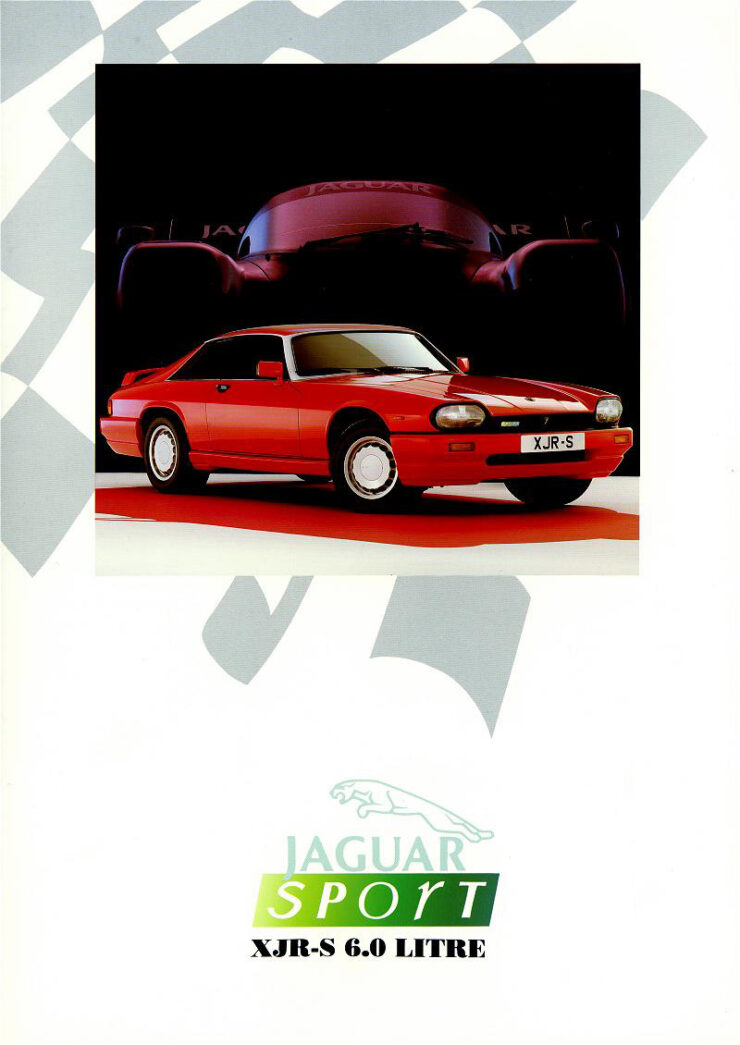

The XJR-S was fitted with a widebody kit, uprated suspension and brakes, wider wheels and tires, and upgraded interiors, however most people’s attention was focused on what was under the hood. The JaguarSport HE V12 incorporated a slew of improvements over the stock engine and produced 318 bhp as a result.
In late 1989 the engine was further upgraded and the displacement increased from 5,344 cc to 5,993 cc (6.0 liters). It was fitted with a Zytek fuel-injection and engine management system, a modified air intake system, a forged steel crankshaft, forged alloy pistons, and it had a compression ratio of 11.0:1.
This newer V12 was capable of 328 bhp at 5,250 rpm and 365 lb ft of torque at 3,650 rpm, putting it up near the top of the class in the luxury sporting GT genre in the early 1990s.
The XJR-S-Based Monaco by PBB Design
PBB Design was founded by Paul Bailey in Bristol, England. Bailey had formerly worked in the aerospace industry before moving to Bristol-based Glenfrome Engineering, a company that build special versions of the Range Rover including longer wheelbase versions and a futuristic version called the Facet.
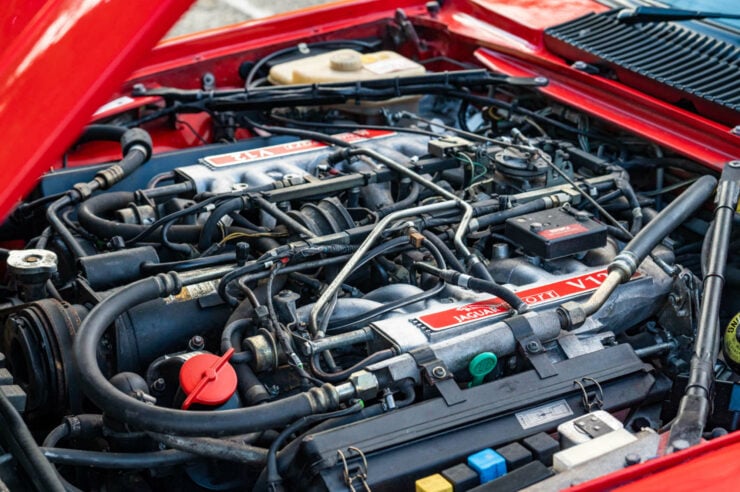

Glenfrome had a lengthy client Rolodex that included celebrities, millionaires, and even the Sultan of Brunei. Paul Bailey’s time at the company would offer him an introduction to this world that would come in handy later.
In the 1980s Glenfrome experimented with a long wheelbase version of the XJS, this is where Bailey had worked on the car for the first time, and where the kernel of the idea that would become the Monaco would form.
Bailey drew his own plans for the XJS, being very careful to keep his design drawings true to the exact scale of the Jaguar so that they could realistically be applied to the car.
Glenfrome would be dissolved in 1986 however Bailey knew he was onto something with his new design for the XJS, so he formed PBB Design (Paul Bailey Bristol) in 1987 and set to work. He originally looked into creating new steel body panels for the Monaco but eventually settled on fiberglass due to the low weight.
The original body needed to be significantly modified with the front and rear wheel arches cut back allowing for wider wheels and tires, and the headlight section needed to be cut away.
The fiberglass panels, or body kit, was then bonded over the top – the result was a much wider car that looked more like the earlier D-Type and E-Type family than the XJS ever did.
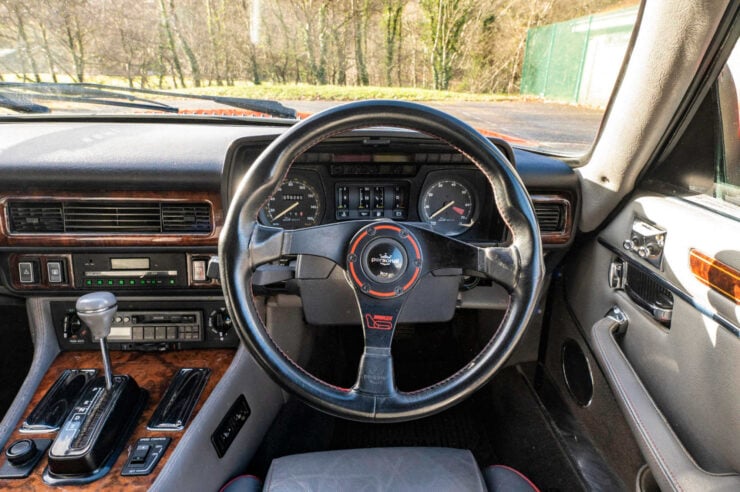

A set of 17 inch Compomotive split rims were then fitted along with suitably wide high-performance rubber, the suspension was rebuilt, the brakes were uprated, and clients had a choice of interior upgrades.
Under the hood the original XJR-S engine was considered amply powerful by some, those who wanted more power could opt for one of the fire-breathing Rob Beere Engineering-developed 7.3 liter version of the Jaguar V12.
Due to the high cost just 12 examples of the PBB Design Monaco were ever made, one of which was ordered by the Sultan of Brunei, and they attracted much attention from Jaguar circles when they rarely come up for public sale.
The Prototype PBB Design Monaco Shown Here
The car you see here is the first Monaco that was ever made, this car was the prototype upon which the other cars would all follow.
As the first car it was used extensively in period media coverage and famously appeared in Performance Car magazine, which would later become Evo.
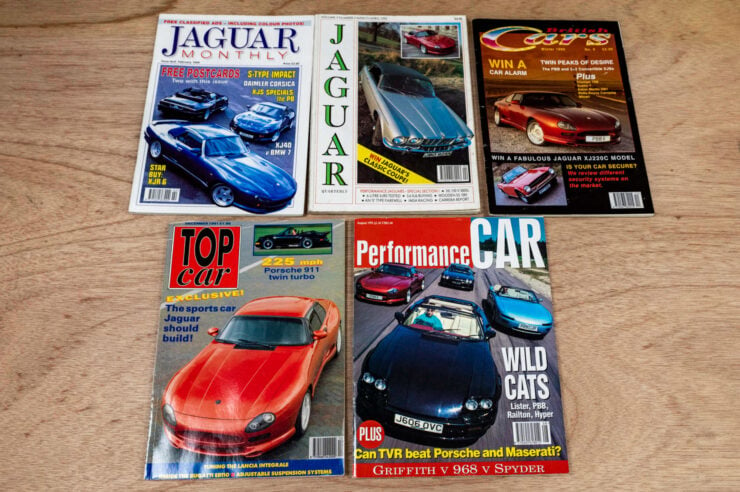

This Monaco ended up in private ownership and in 1999, when the Monaco model range was still in production by PBB Design, the then-current owner decided to upgrade it. It was sent off to Paul Hands who is considered to be one of the best in the business.
What happened next was a complete transformation. Paul Hands sourced a high-performance 1990 Jaguar XJR-S 6.0 – a car that had been built at the same facility as the XJ220.
All of the Monaco parts were then removed from the original XJS body and moved over to the new XJR-S.
This uprated Monaco now comes with a Valuation/Report Certificate written by Paul Hands and numerous invoices for servicing in the accompanying history file.
The car is now due to roll across the auction block with Silverstone Auctions on the 25th of February with a price guide of £18,000 – £24,000, or approximately $22,300 – $29,750 USD.
If you would like to read more about it or register to bid you can visit the listing here.
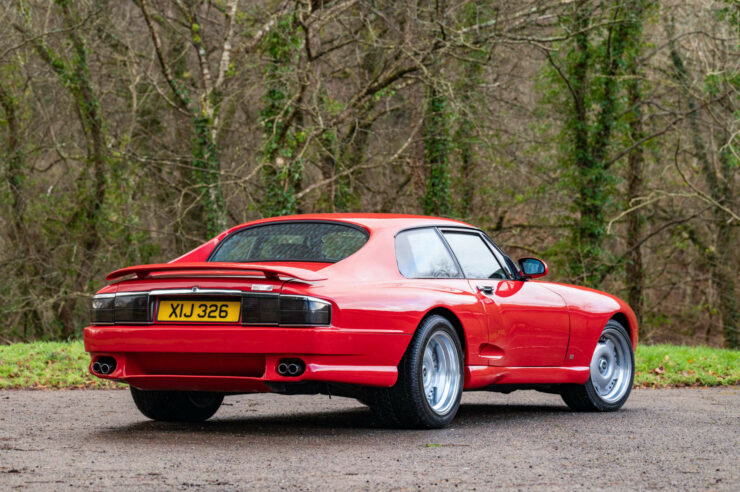
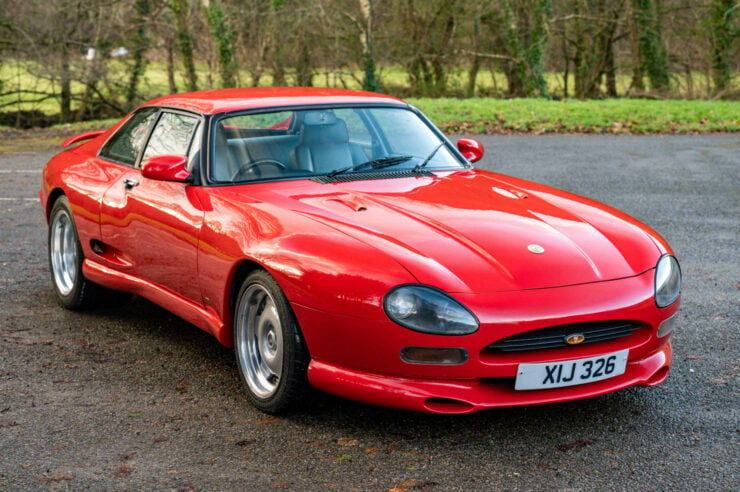
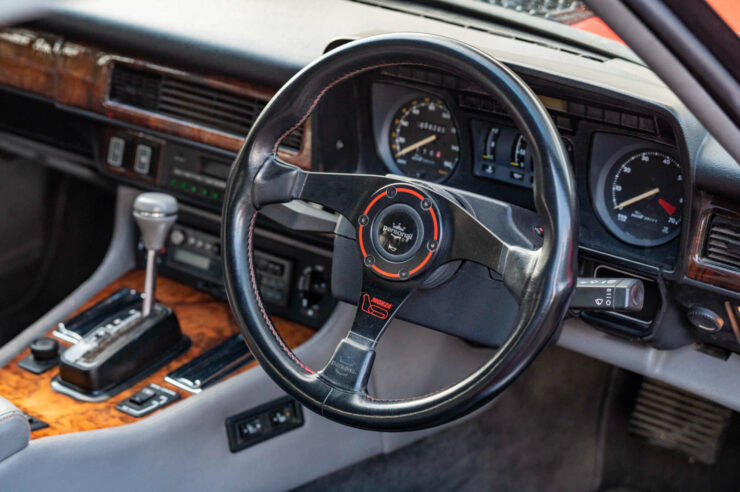
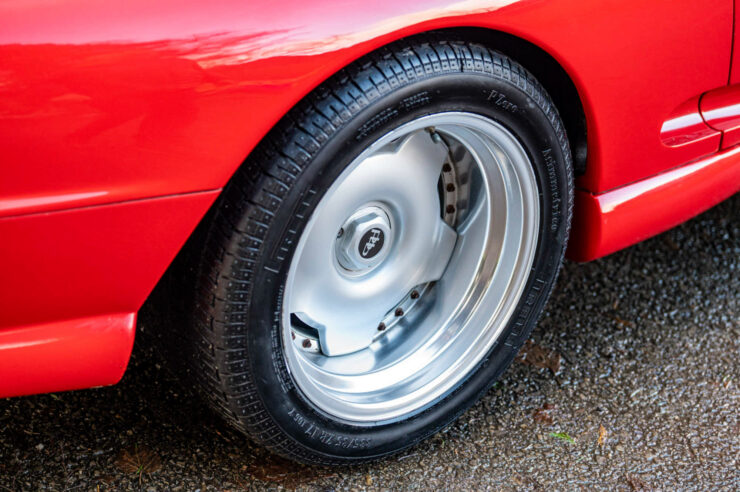
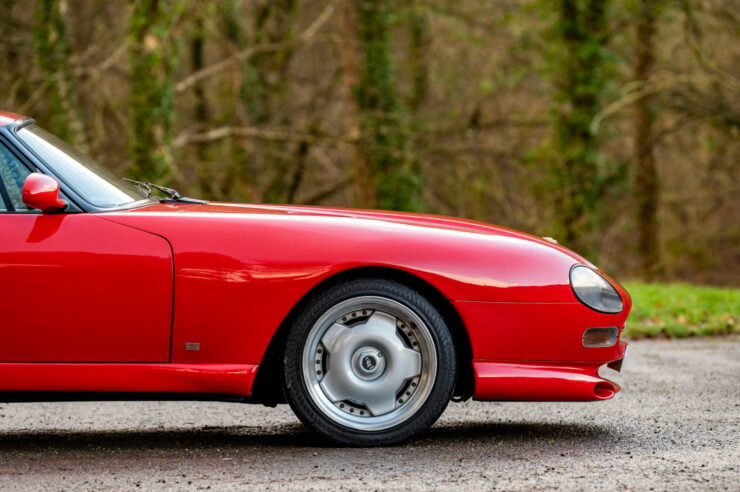
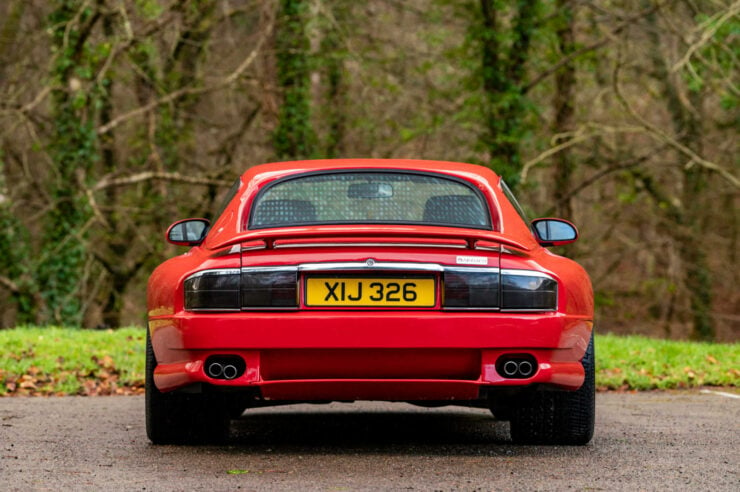
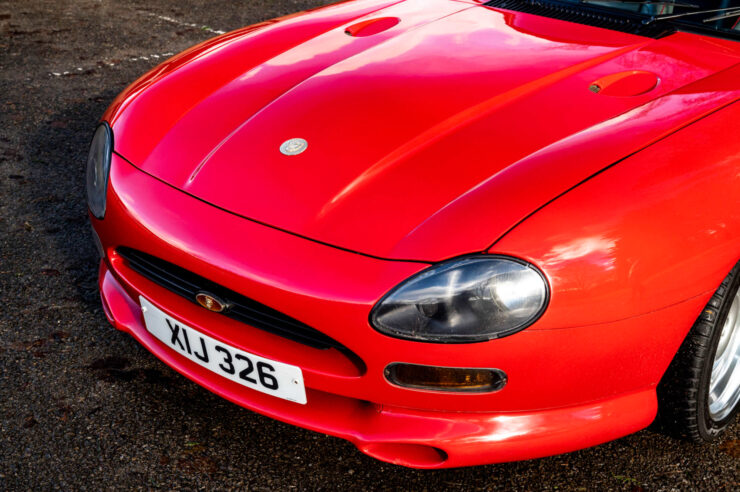
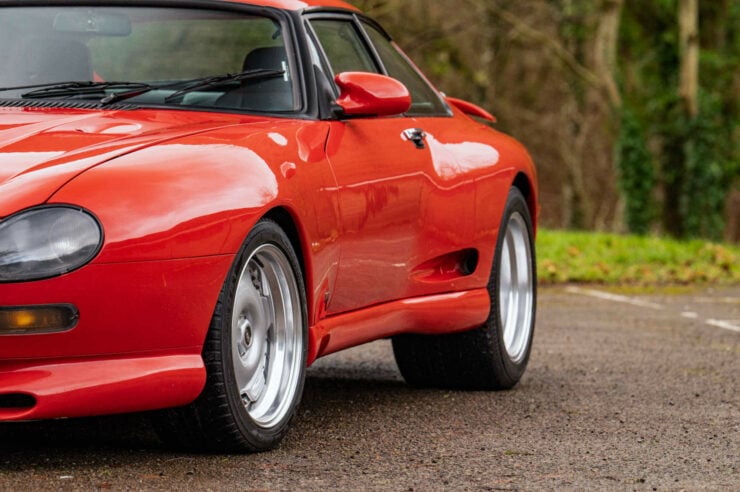
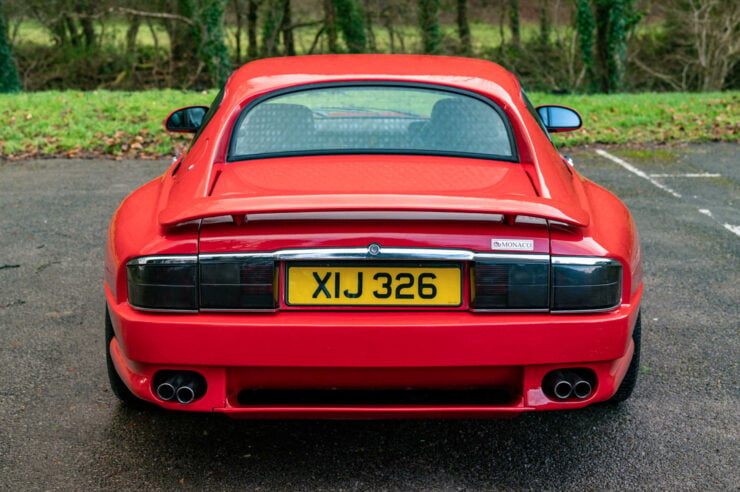
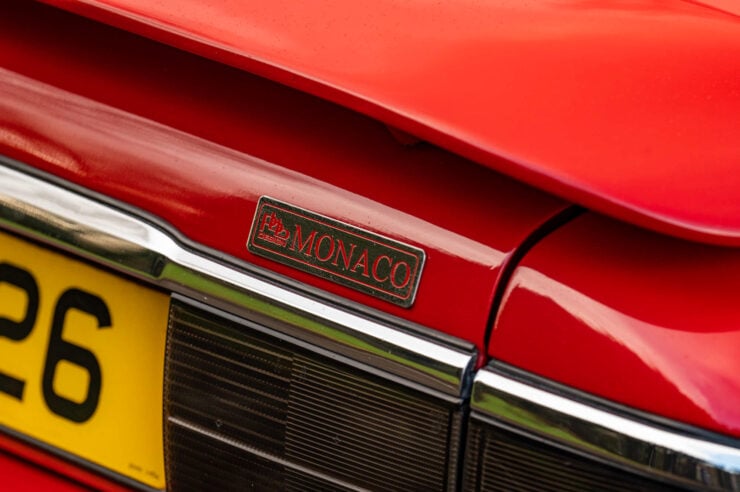
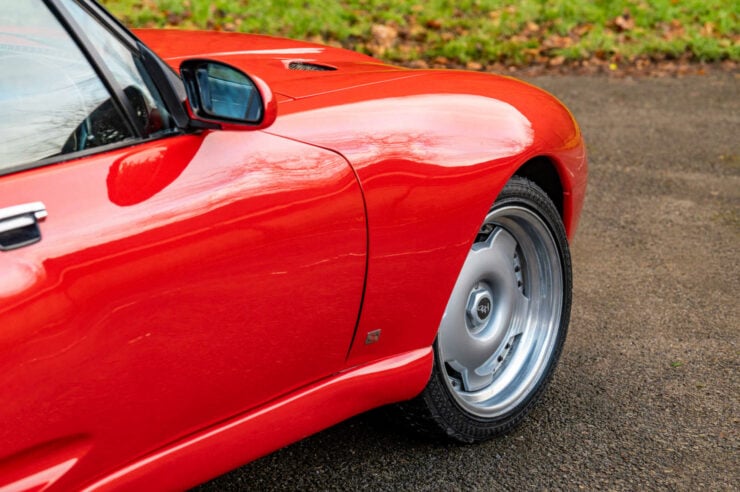
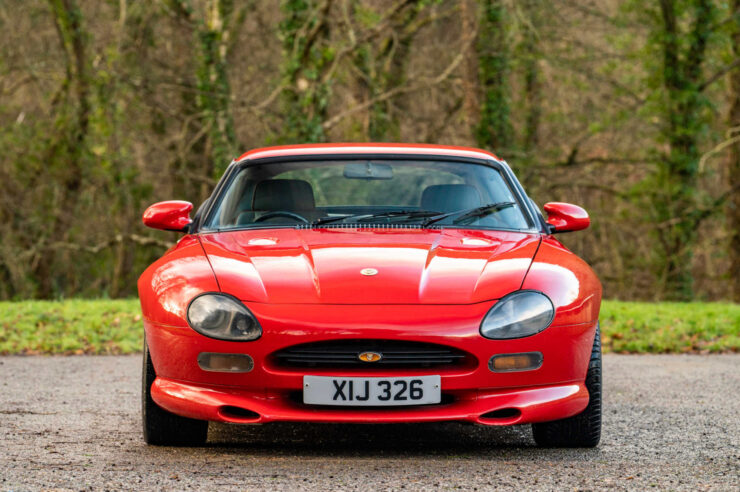
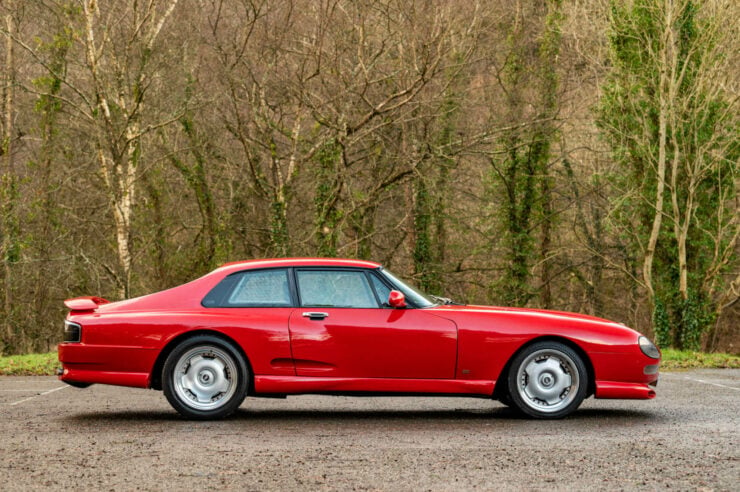
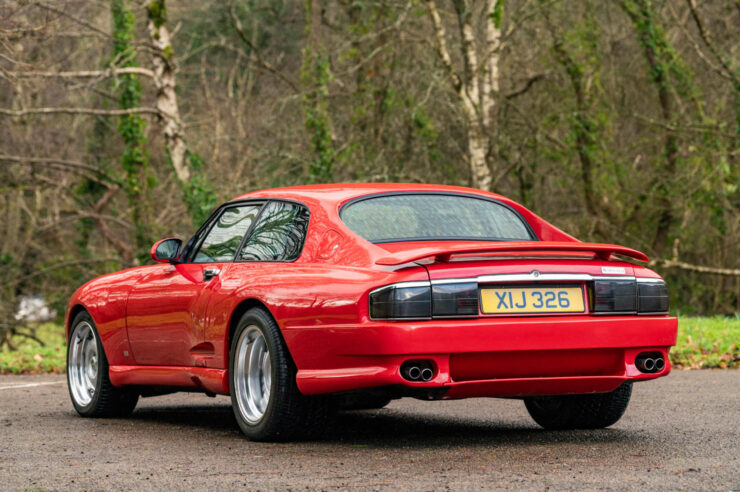
Images courtesy of Silverstone Auctions

Articles that Ben has written have been covered on CNN, Popular Mechanics, Smithsonian Magazine, Road & Track Magazine, the official Pinterest blog, the official eBay Motors blog, BuzzFeed, Autoweek Magazine, Wired Magazine, Autoblog, Gear Patrol, Jalopnik, The Verge, and many more.
Silodrome was founded by Ben back in 2010, in the years since the site has grown to become a world leader in the alternative and vintage motoring sector, with well over a million monthly readers from around the world and many hundreds of thousands of followers on social media.

